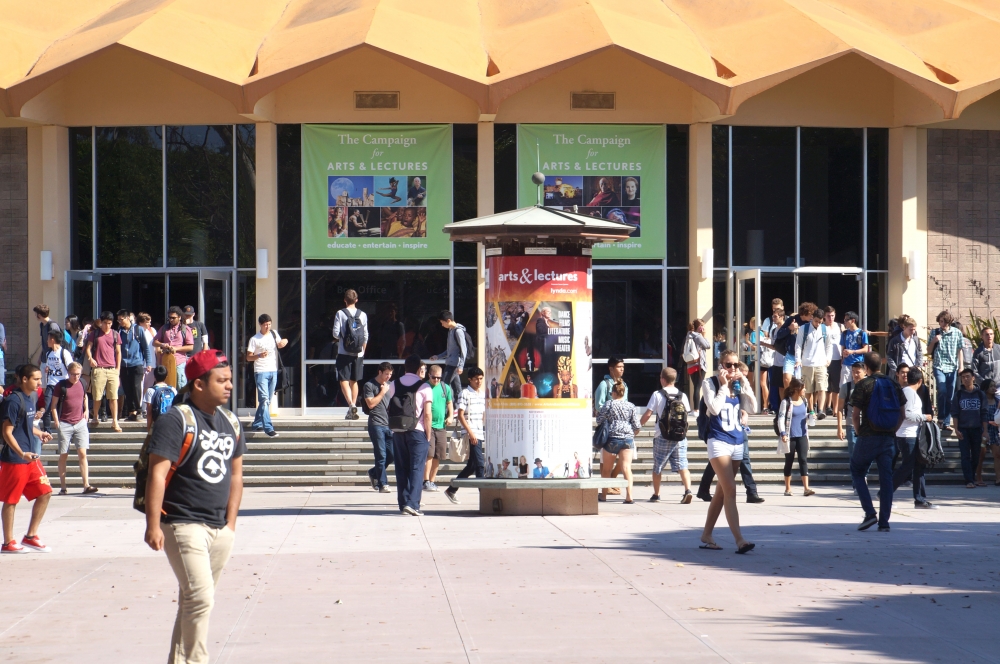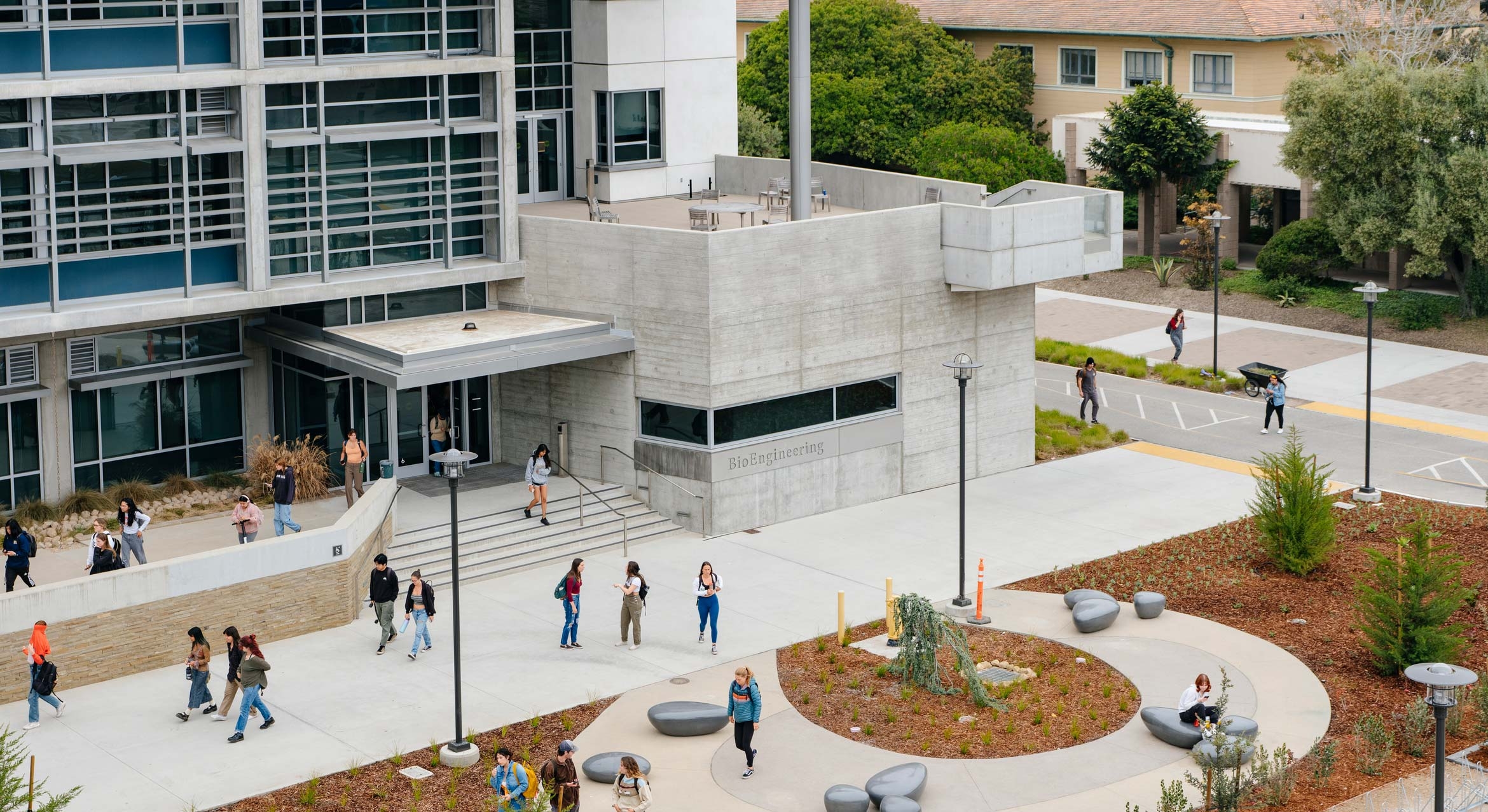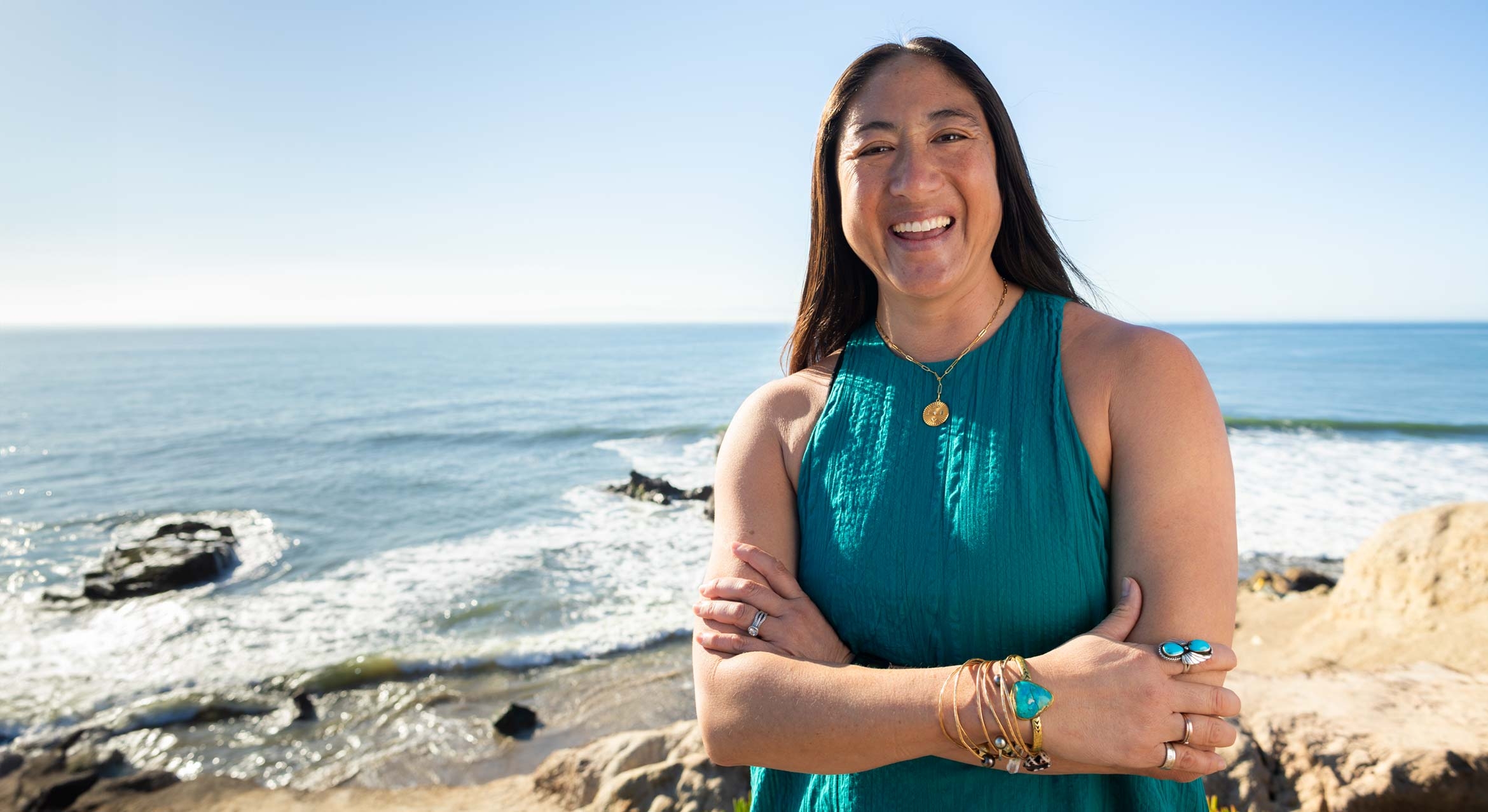
Great Expectations
Continuing a decades-long trend, UC Santa Barbara has set a record for the number of first-year and transfer students seeking admission to the seaside campus.
UCSB has received 94,015 applications for undergraduate admission for fall 2016, an increase of more than 10 percent over last year. Of those, 77,090 are from prospective first-year students and 16,925 are from applicants seeking to transfer to UCSB.
With 11 national centers and institutes, and more than 100 research units, UCSB offers unparalleled learning opportunities for undergraduate students. The world-class faculty includes six Nobel laureates, two Academy and Emmy Award winners, a Millennium Technology Prize recipient and a recipient of the National Medal of Technology and Innovation.
In terms of academic quality, prospective UCSB students continue to be among the best of the best. Of the 77,090 applicants for the entering class, 42 percent have a high-school GPA of 4.0 or higher. The average GPA of all freshman applicants is 3.84, up from 3.79 in 2015.
The number of California freshman applicants increased by 3,002 — 6 percent over 2015, for a total of 55,114. Applications from out-of-state students went up by 16 percent to 8,691, and the number of international student applications rose by 21 percent to 13,285.
“We are very happy that UC Santa Barbara continues to be a top choice among California high school applicants,” said Lisa Przekop, the campus’s director of admissions. “Our admissions counselors participated in approximately 1,000 events this fall, including school visits, college fairs and webinars promoting UCSB to California families.”
UCSB also continues to attract a diverse pool of prospective students. The campus received a total of 22,858 freshman applications from African-American, Native American, and Chicano and Latino applicants combined. This represents 30 percent of the applicant pool. In addition, 61 percent of all applicants for the UCSB freshman class are members of a racial or ethnic minority group.
Attesting to UCSB’s reputation across the country and around the world, applications from prospective nonresident students jumped by 19 percent over last year, to 21,976.
Among transfer students, 88 percent of the 16,925 applicants are currently enrolled in California community colleges. A total of 4,588 transfer applications were received from members of underrepresented minority groups, which represents a 17 percent increase over last year. Members of underrepresented minority groups account for 28 percent of all transfer applicants this year.
“Our recruitment goals have always focused on ensuring families receive detailed information about the campus and the application process itself, which can seem daunting, especially to families that may not have experience with the college application process,” Przekop said. “In addition to traditional events like college fairs hosted at high schools and community colleges, we try to reach families at schools with lower college-going rates, students enrolled at California community colleges and nonprofit organizations working with first-generation families.
“It is important that our incoming class reflects a cross-section of all communities within California, as we believe this ensures a richer learning environment for all students,” Przekop continued.
The UC system received a record 206,339 applications — 166,380 from freshman applicants and 39,959 from prospective transfer students. This represents an increase of 5.2 percent and 11.8 percent, respectively. All nine UC undergraduate campuses experienced increases in freshman applicants. Chicanos/Latinos remained the largest ethnic group among California freshman applicants and have surpassed Asian-Americans to become the second largest ethnic group among California community college transfer applicants.
The UC Office of the President has posted statistics on undergraduate applications to all campuses. They can be found at http://accountability.universityofcalifornia.edu/2016/chapters/chapter-1.html.



